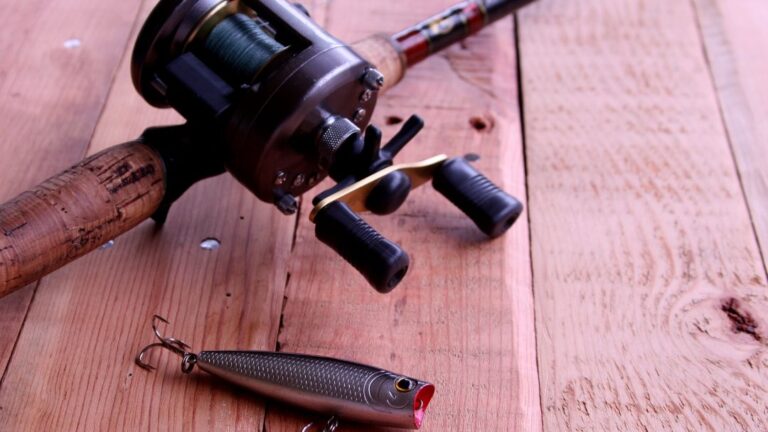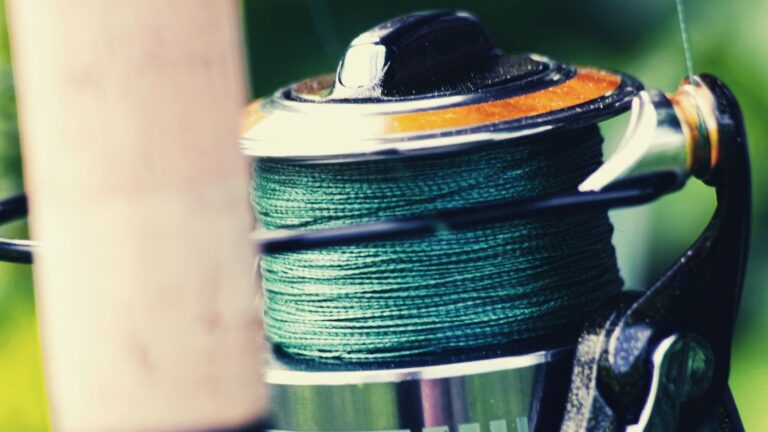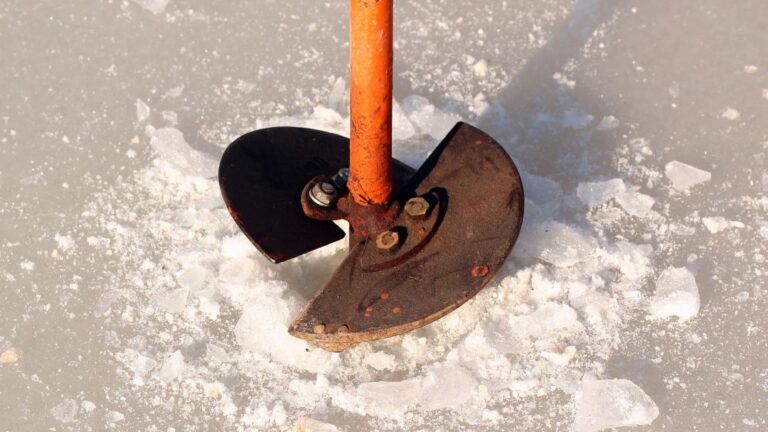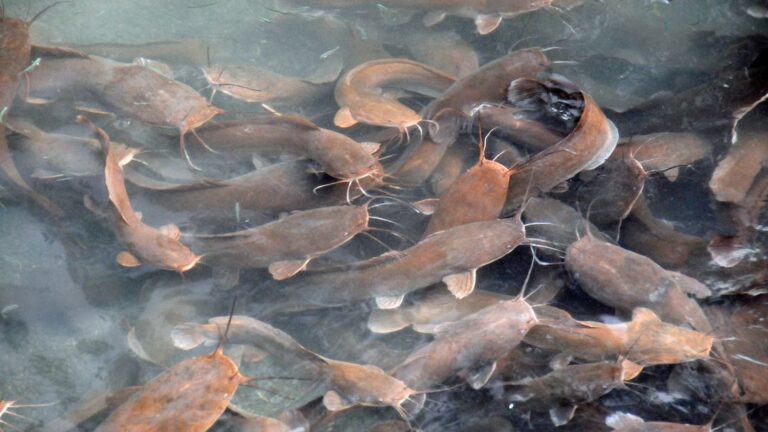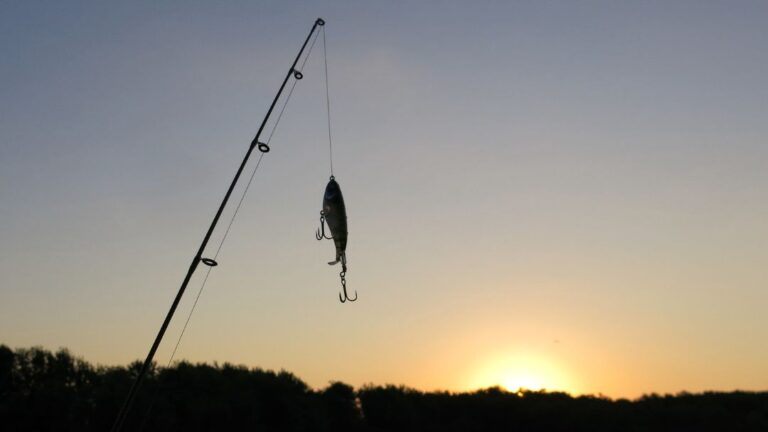10 Ways To Avoid Line Snags While Fishing – Save Your Money
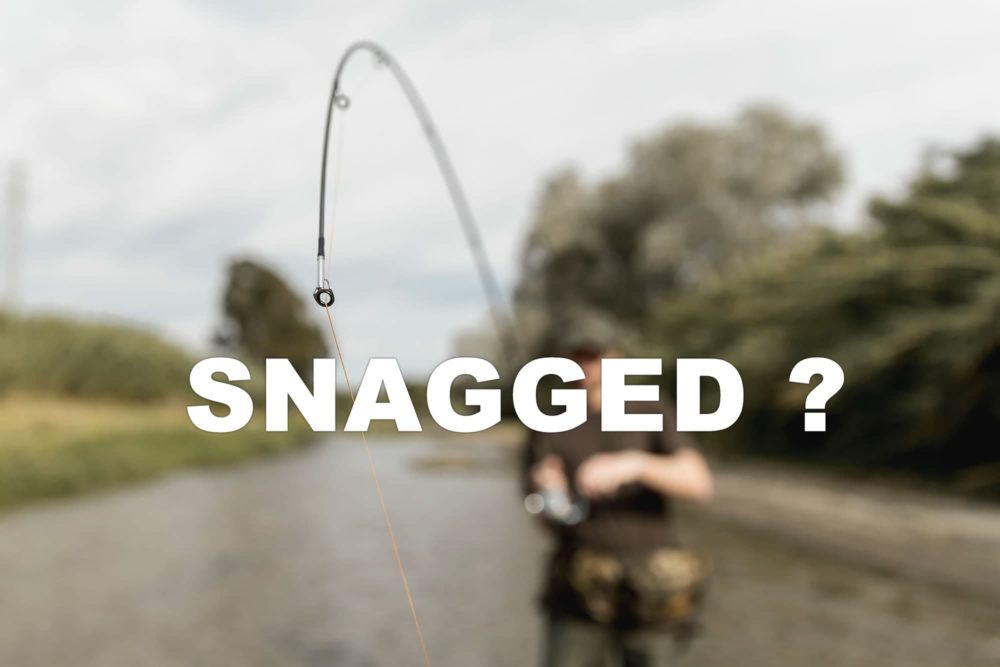
When asked “what is the most frustrating thing in fishing?”, I answer that trying to avoid line snags while fishing. The first few months of the fishing mission were just trying to avoid getting my line snagged.
Fishing is a refreshing hobby; it takes all our worries away and blesses us with a relaxing time ending with a present of fresh fish to eat. I personally enjoy fishing because of the tranquility it offers but also because I love collecting fishes from different species. Fishing in a non-rocky smooth area is easy and trouble-free.
The real trouble begins when you start rock fishing. As its name indicates, this type of marine fishing takes place on the rocks, or rather, in a rocky bottom throwing from the coast. There a lot of challenges that a fisherman has to face while fishing in these areas.
And since there are, as we see, so many fish that live on rocky bottoms, it seems logical that fishermen try to reach them. The problem that arises is that this type of fund is usually quite hostile to fishing gear. Hence, many choose to use suspended rigs, either with float or pulse, to avoid the fruitlessness that marks these sea beds. Still, most of the time we can’t avoid line snags.
If you are fishing in a rocky area then you probably know how many sinkers you are losing every time you go fishing. I had lost over 40 LB of sinkers in the last 6 months. This is a lot of money.
In almost every cast I lose one sinker because it got snagged in the stones. This is so frustrating. So, I decided to find alternatives sinkers that I can use without buying. I also tried some techniques to avoid snagging altogether. I will share both of these things with you, in this way you would save a lot of money.
1) Choose your fishing site wisely
If you want to master the art of fishing you must know each and every one of the secrets that fishing hides. You may think that starting to practice fishing should be a very complicated activity, but for nothing, in addition to being a sport suitable for all ages, it can be practiced in the family, accompanied by friends or alone. Here you will be able to find the best ways, tricks, and tips on how to do fishing correctly, safely, and for fun. One of the most important things regarding fishing is to choose a perfect spot.
If you don’t want to be snagged and just doing fishing as a recreation then my utmost sincerest advice to avoid line snags is to choose a suitable fishing spot that is not rocky. As rocks are the main reason for snags so no rocks no snags, it is as simple as that.
Sandy Beach
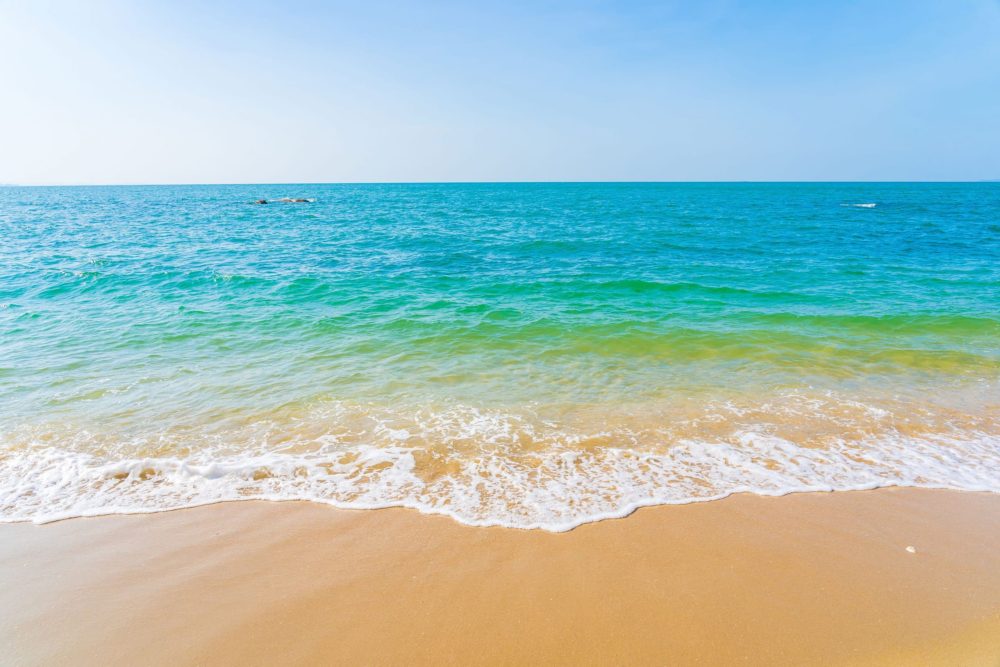 A clean sandy beach with no rocks guarantees the smooth snag-less fishing experience and if you’re a rocky in fishing is the best place to start. You won’t lose your sinkers and fishing will be easy as well.
A clean sandy beach with no rocks guarantees the smooth snag-less fishing experience and if you’re a rocky in fishing is the best place to start. You won’t lose your sinkers and fishing will be easy as well.
Rock Marks
 If you have experienced fishing in a rock mark then you will know that these are the hot spots for snagging and most of your fishing gear will get lost here. So, it is better to avoid these areas if you want to avoid line snags. But sometimes people want a specific fish type that is specific to rocky areas and can’t be found elsewhere for those of you I would recommend using DIY sinkers or follow the techniques given below.
If you have experienced fishing in a rock mark then you will know that these are the hot spots for snagging and most of your fishing gear will get lost here. So, it is better to avoid these areas if you want to avoid line snags. But sometimes people want a specific fish type that is specific to rocky areas and can’t be found elsewhere for those of you I would recommend using DIY sinkers or follow the techniques given below.
Mixed Area
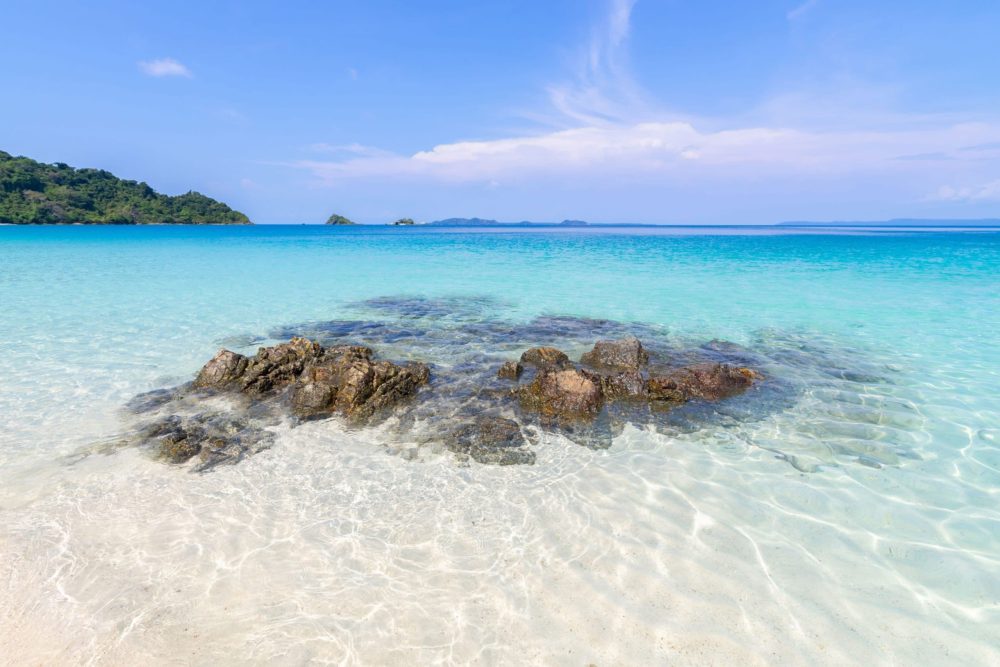 If you want to have a smooth fishing experience without having to worry about the variety of fish then I would recommend that you come to a mixed place e.g. sandy coast of an otherwise rocky area would be perfect in such regard as you would have the species of a rocky area there without the constant line snag.
If you want to have a smooth fishing experience without having to worry about the variety of fish then I would recommend that you come to a mixed place e.g. sandy coast of an otherwise rocky area would be perfect in such regard as you would have the species of a rocky area there without the constant line snag.
2) Fish at Low Tides to Avoid Line Snags
If you are persistent in fishing in a rocky area then another way to avoid line snagged is to fish at low tides. A rocky area with low tides will have fewer chances of your equipment getting stuck at the base and you will have a more pleasant fishing experience.
I always use windy and windfinder to find low tides and good fishing time.

Find your best time for fishing using those sites, they also have mobile apps. You can install the apps on your phone.
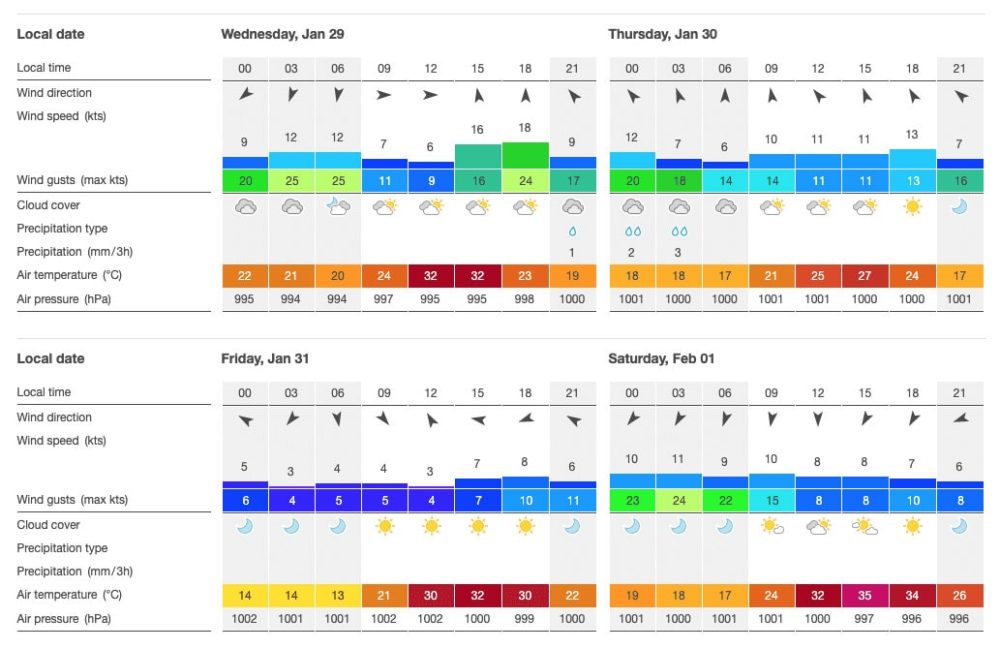
3) Avoid Popular Fishing Spots
If you want to fish easily without any trouble then it is important that you choose a secluded spot that is less populated. There are several reasons for that. If you choose a famous fishing spot then it is more chance to get snagged there because of already snagged sinkers present at the bottom of that place. All that sunken fishing equipment tangles the hooks and sinkers more easily and frequently thus causing snagging. That’s why to choose a spot that is less populated to get the best of your fishing experience.
Also, a popular fishing spot might have more fishermen there and disrupting the peace of the area thus scaring away the fishes. Fishing requires a peaceful environment.
4) Choose your equipment wisely to avoid line snags
After choosing the perfect snag-free location it is wise to use the equipment which helps you avoid line snags. For this, I have given this guide for you to help you choose the equipment that will avoid snag and thus, in the end, will reduce the overall cost by saving you the extra cost of your sinkers lost to the snagging.
Fishing Rods
If we talk about fishing rods, we would know that there is a variety of rods present in the market for fishing. In reality, not all rods are used for all fishing techniques, or for fishing the same fish. That is, the fishing rod according to its characteristics, will fulfill a different function. And, depending on the type of fish we are going to find and where we fish, we must use one type of rod or another.
To avoid snagging it is perfect to choose a rod that is strong and can reel back quickly and efficiently. Quick reeling with a stronger rod helps us avoid snag very easily. Such kinds of rods can be a little heavy on your budget but if you want to play with fire you have to be prepared to get burned. For that purpose, spend a little money beforehand to make your fishing experience a pleasant one.
Fishing Reel
The fishing reel, undoubtedly, the second element in importance to practice sport fishing, with a rod. This element has undergone many technological changes and evolutions to arrive at the services they offer us today. There are models for all fishing modalities, with their specific characteristics and specifications to get the maximum performance.
If you’re fishing in a place where there are more chances to get snagged then choose a reel that allows the line to exit quickly when launching. Also, choose a reel that has fast retrieval property with extended line capacity.
Why do we need fast retrieval reels? Well if the place you’re fishing is saggy or have a chance to get snag then it is better to reel away quickly. This will reduce snagging as the equipment won’t get the chance to settle down in the base.
Pulley type reel is also suitable to avoid snags.
Fishing Line
The fishing line. Another important element, although next to the rod and the reel it seems that it is not. However, it is shown that the type of fishing line, or thread, will influence significantly. There are countless brands and models, and types of sedans, each with its own characteristics and capabilities.
To enjoy a snag-less fishing experience it is better to choose a heavier line. The heavier line won’t get abraded and will hold more efficiently against ruthless rocks. You can also use braided lines. It is a type of fishing line that consists of several interwoven strands. And they can be made up of 4 strands, 8 strands, and even more.
This increases the resistance even using fine diameters. Since they hold more kilos compared to other types of fishing lines. Another characteristic that this type of fishing line has is the high resistance to abrasion. This makes it one of the ideal options for sport fishing.
5) Use specialized equipment to avoid line snags
There are a lot of special gears which are made for situations like this. This specialized equipment helps us in the time of a snag. These include:
i) Weak Links
Weak links as you can guess from the name these are weaker areas of a fishing line which in case the snag gets separated from the rest of the gear thus preventing the loss of our fish and other important equipment. Thus, by the sacrifice of a smaller part, we can save the rest from getting ripped by snags.
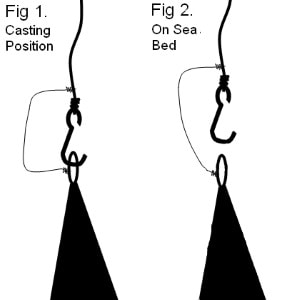
ii) Lead Lifts
The purpose of this specialized equipment, as its name indicates, is lifting. They are kite-like projection which increases the surface area and thus lifts the weights a little higher thus avoiding the snag.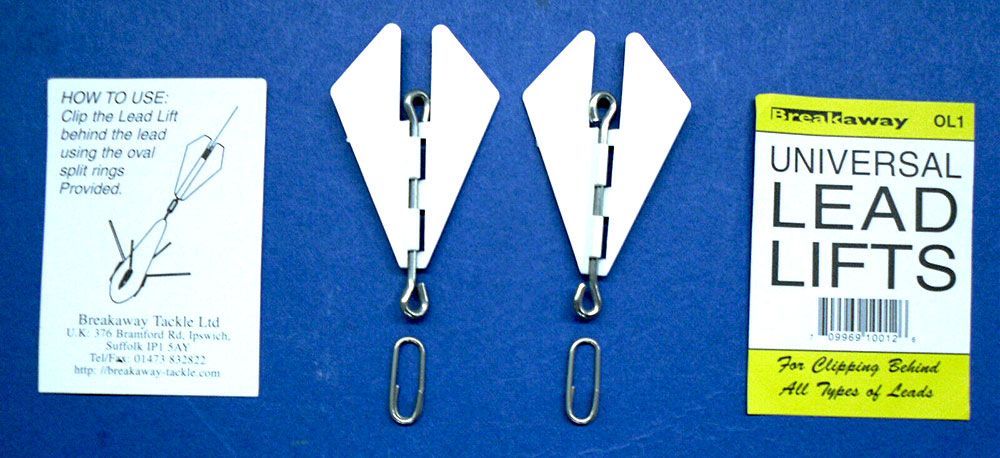
6) Choose a suitable sinker/ weight
Nuts, screw, spark plugs … without a doubt lead is the most variable fishing material and where the fisherman is allowed more? Creativity? Although many use these homemade materials, the truth is that the manufacturing houses strive daily to offer leads of different weights and shapes, each of which seems to be suitable for a type of fishing, weather characteristics, an area … With a simple look at the sinker market, we will get an idea of the great variety that exists and, consequently, of the difficulty of a correct choice.
If there are two variables to consider when selecting the most appropriate sinker in each case, these are:
i) Weight
Weight must be calculated according to the depth to which you want to fish and always keeping in mind the line to be used in each case (a heavy lead in a thin line will eventually split it; while if we use a small lead in a thick line the launched will be extremely difficult to carry out since sinker will not be able to overcome the resistance of the line in its movement through the air)
Why is it so important to consider the weight of the sinker if we want to avoid line snagging? Well if the sinker is too light then it will float in the water. And hence most likely will get caught in some rock or whatever. Similarly, if it is too heavy it will get down to the bottom and will get caught in the seaweeds or some junk present at the bottom. That is why choose it very wisely.
ii) Form
The form will undoubtedly influence the behavior of our rig.
The choice of the sinker also depends upon the bottom of the water.
- Seaweed coated: longline or tear weights; Its special shape makes the algae pass without getting caught.
- Fine sand between rocks: the hook type sinker will be adequate
- Rocks: spider leads.
iii) How to choose
Given these two factors, we recommend that you follow the following premises when choosing your sinker:
- If what we are looking for is deep-sea fishing, we will need a plumb line that is capable of keeping the hooks and therefore the bait, in the place where it has fallen, without fear that the currents or winds will move it. Therefore, we need a lead of considerable size and with a strong base.
- In case the wind blows with force, it is always advisable to choose weights that have some type of grip, so that it clings to the bottom, avoiding the uncomfortable and not at all helpful displacements.
- In rocky areas, a leader should not have edges, hooks, or any other grip, so common today in heavy surf-casting ballasts.
7) Use DIY sinkers
Although DIY sinkers is not exactly a way to avoid snagging. But they sure save a lot of our money. That’s why I am keeping them in this list to give you an idea that you can use these handy objects in place of sinkers. And you can reduce your fishing cost which was previously increased because of losing sinkers.
8) Techniques
Fishing in a rocky place poses a lot of problems. So, there are some techniques that can be used to avoid line snags of rigs and gears in the rocks or sea bed at the bottom of the water. But, apparently, these techniques would not be purely “rock-fishing”, but this term corresponds exclusively to the one thrown thoroughly. If you follow these techniques you would see that with a little practice there will be lesser cases of snags.
i) Fast retrieval
Although fast retrieval is usually prohibited because of obvious reasons. Fast retrieval doesn’t make sure that if the fish has been caught properly or not. But for sport fishing in a rocky area, fast retrieval will avoid line snagging because of less chance of contact of the equipment with the rocks or seaweed at the bottom.
ii) Higher rod tip
While fishing in a rocky area try to have your rod tip higher than normal or at an acute angle. Because lower rod tip means more time the fish and your equipment will spend at the bottom and thus more chance of getting snagged. A higher rod tip will instantly pull the fish out of the water without getting stuck.
iii) Strike before retrieval
Before retrieving the fish all the way to the shore give it a strike. This will ensure that the tackles aren’t settling down at the bottom and are not snagged thus you can reel in easily without having to worry about the snag.
iv) Wait for the tide to settle down
If you’re fishing and waves are getting wild it is better to wait for a little and let them settle down. Because wild tides will take the bait. And tackle wherever they want and they will have more chances to get a snag.
v) Right angle grip lead
If you’re using a sinker with grip leads then a little DIY technique is to angle these leads at 90 degrees. In this way, they will have less chance to get stuck in rocks because of the perfect angle. Prefer having long leads as they will also serve the same purpose. Long leads at 90 degrees are perfect for fishing in a rocky area with more chance of snagging.
vi) Feel the bait through the snag
What does it mean? Well, when you are fishing in a known rocky area the trick is to let the gear get down all the way to the bottom until you feel it hitting the bottom after that pull it out a little. Then move it in a horizontal direction without letting it actually touch the rocks at the bottom. While moving you may feel it is getting a little heavy which means there is a rock in the way so just pull it out a little by giving a shake. In this way, you will avoid a snag. So the overall goal is to Just keep it a little above the bottom without getting it in between the holes of the rock so when a fish catches the bait you can retrieve it without it getting stuck in between the rocks.
9) Keep it simple
In fishing do not act on the principle of “the more the happier” Keep your fishing equipment as less as possible. Because the more things you add the more chances you are creating to get snagged. Excess equipment will only act as a hurdle if passing through rocks. That’s a small minimalistic tackle end is best to avoid any kind of snag.

Moreover, since we are trying to keep our cost low here so less thing means less expense. Also if there are fewer things on our tackle end and it gets snagged it won’t hurt us as much financially as the loss of a fully-loaded rig.
– It is also convenient to tie the tackle end with a less resistant line than the rest of the rig. With this we will avoid, in the case of hitching, losing all the rigging. The same applies to the hooks. I mean, raise a rig whose parts susceptible to snag can be detached without losing the rest.
10) Know the topography of the area you are going to fish
Google earth pro is an app that enables you to see any area of the earth you want. Use this app to take a look at the topography of the seabed of the area you are going to fish. This will give you an idea of how it looks and where are the snaggy areas thus you can avoid those areas like a pro. Viewing the underwater photos beforehand gives you a huge advantage and definitely helps in reducing the snag. This is a smart technique I learned from a friend of mine who used to use it for fishing competitions.
This will answer a lot of questions like what kind of fish is present there or are their rocks at the bottom or will you get snagged by rocks in there…. Thus you will be ready for all kinds of situations instead of just blindly throwing the bait and waiting for the big catch.
What to do after you get snagged?
Listed above were some tips to avoid snag but what to do while you’re snagged? Well, we have some solutions for that.
- Tug it back with a small force. Don’t pull it strenuously as it might break the rod or cause some serious damage to the equipment.
- Instead of tugging through the rod sometimes it Is better to tug It using your hands.
- If you try using different angles as sometimes it is stuck from one point only and changing the angle helps in such a situation.
- There is a method to change the angle of the tug using a bottle. That solution although might work on running water only but it is an effective one indeed. Suppose you threw the bait and it got snagged in between two rocks. Your first instinct definitely would be to tug it back and most of the time a little tug does the trick and gets it freed from the rocks. But in case if the snag is too stubborn and isn’t getting out then I would recommend you use a bottle.
You might be thinking that what a bottle has to do with all that, well for your information a bottle can be quite helpful in such a situation. All you need is to take a bottle and fill it halfway through. And close the lid. Tie its neck with the fishing line and throw it in the water near your snagged areas. Let it sink in. After it is sink try to give it a tug. What it will do is that it will change the direction of the force on the stuck gear and thus help it get free from the cruel hold of the rocks. - If it doesn’t help, then we are left with no option other than to snap the line. Snapping a line is a very sensitive process as the line is elastic and it has a tendency to cut back. So, it is better to pull it back calmly and slowly. A sudden tug can prove to be dangerous. Some people suggest that it is the safest method to keep the rod on your shoulder and start walking backward on the shore and let the line snap itself.
Conclusion
Deep-sea fishing in large rocks or rock fishing is gaining more and more followers due to the presence of a whole lot of variety as well as numbers of fish that can be achieved by fishing in these very productive scenarios.
However, fishing in areas where the common denominator is the large rocks that make up the bottom, pose a very high risk of snagging as compared to other fisheries. We must try to minimize these risks and, one of the easiest practical ways is the correct technique. I have mentioned a thorough guideline to avoid line snags in the rocky areas starting from the choice of location. Do follow my guide and tell me if it works for you or not? If you have some other methods to avoid line snags do let me know those as well.

